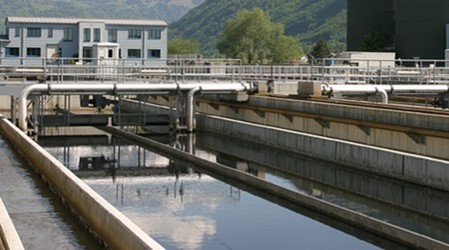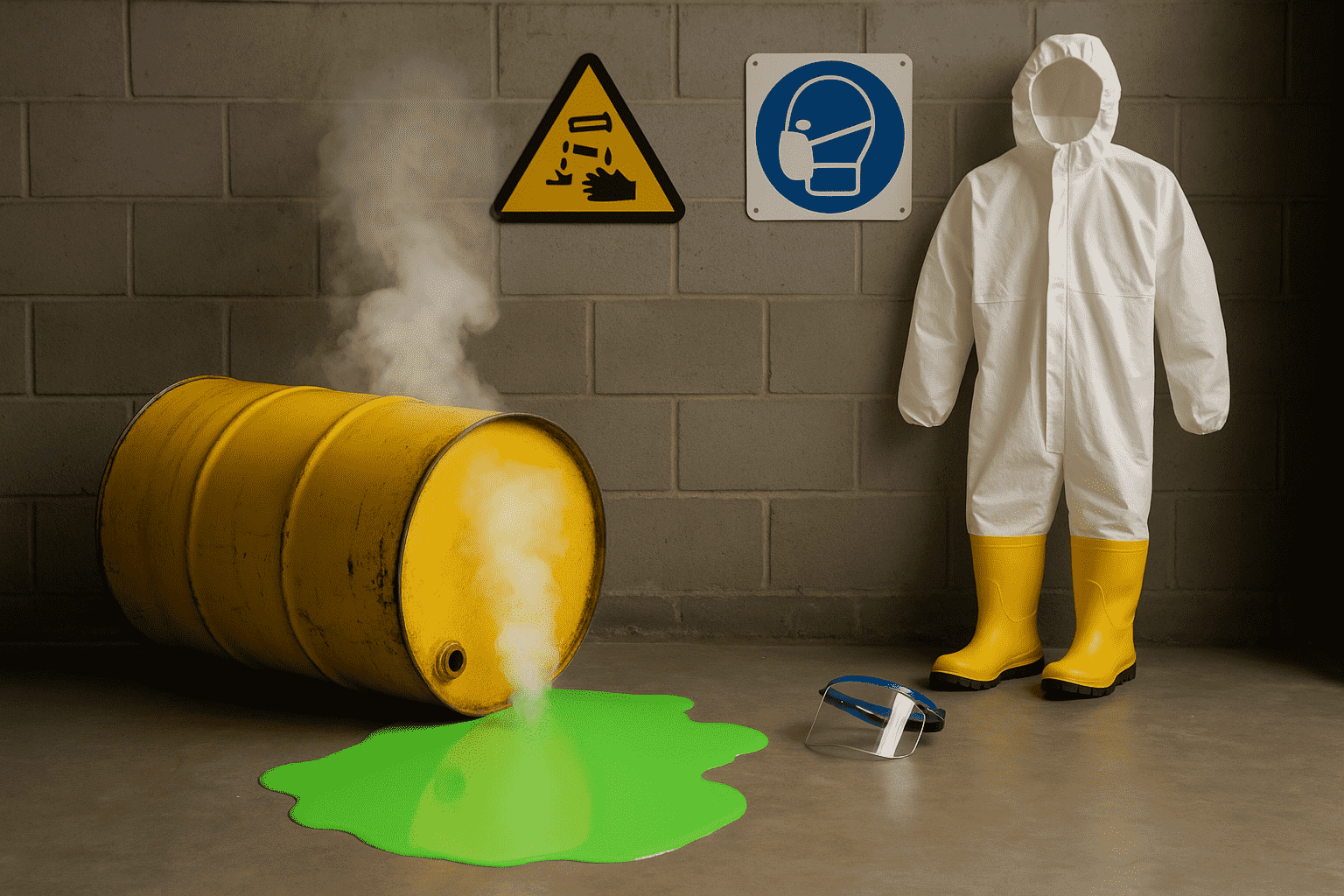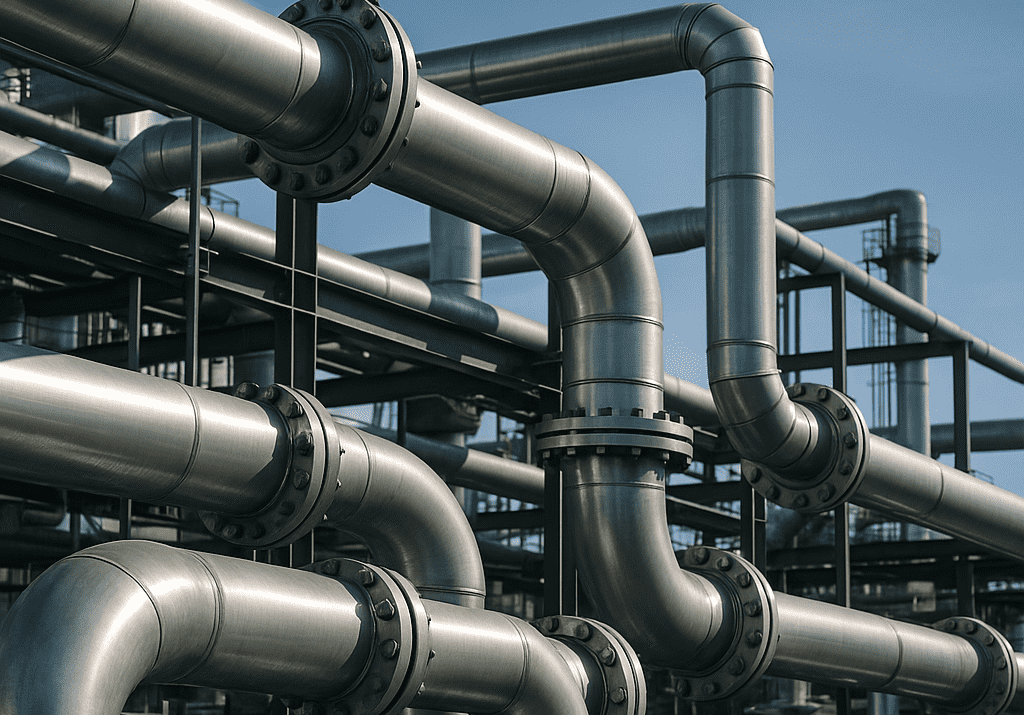How to Prevent your Chain & Scraper System from Crashing

The chain scraper system is an advanced system for sludge and scum collection and removal. Regular inspection and maintenance of the system help identify issues and avoid unexpected failure or damage, which in some cases is unrepairable. Ensuring up-to-the-mark maintenance of the system saves costs and mitigates downtime.
The four common causes of the chain scraper system crash are:
- 1. Chain Tension & Alignment: Improper chain tension leads to chain skipping a sprocket tooth, one of the common causes of system crashes. Correct chain tension and alignment ensures optimal power transmission, reduced wear of components, and averting the risk of chain breakage or derailment.
Here, the tensioning assembly plays a crucial role. A lead screw-based tensioning assembly allows longitudinal and transverse direction tensioning, facilitating precise and effortless tensioning.
- 2. Friction: Continuous movement between moving parts leads to friction. Friction between chain and sprocket is one of the reasons for the system crash. Friction results in wear and demands increased efforts to perform.
Lubricating moving parts is one approach to reduce friction. Also, installing a roller type chain enables line contact with rails and reduces friction considerably. It improves chain life and prevents suspension of operation caused due to chain breakage.
- 3. Fatigue: Chain fatigue failure is caused when the chain is repeatedly loaded in tension beyond the endurance limit, leading to microscopic cracks on link plates and sidebars.
- 4. Overload: In a chain scraper system, the chain is designed to extend under pressure and return to its original length on release of load. When the system is overloaded, excessive pressure gets exerted at the tension strength of the chain, which can lead to deformation caused by minor pin and plate fractures throughout the chain.
Similarly, varying freeboard demand bulky flight scrapers. A bulky flight scraper adds to the system weight, increasing efforts on moving parts, thereby giving rise to possible system crashes overtime. An adjustable flight scraper resolves the issues arising due to use of the bulky flight scraper.
Regular inspection and maintenance can avert chain scraper system breakdown. The preventive maintenance should check chain tension and alignment, check for wear on sprockets, wear strips, wear shoes, etc., and replace with new components as needed. Follow the manufacturer’s maintenance guide to lubricate the system timely and appropriately.
Why is the Lubrication of the Chain Scraper System Necessary?
Lubrication of chain scraper systems is important to reduce friction and wear between the pins and bushings of the chain joints. It also helps flush out solid particles, wear debris, and foreign materials, thereby smoothening the function. Lubrication is essential to prevent rust and corrosion.
Lubrication can yield maximum benefits only if an effective lubrication procedure is followed. Organizations must introduce and implement the five ‘Rights’ as part of their best practices to achieve reliable chain scraper system functioning.
The Five R’s are:
- 1.Right Product: The maintenance personnel should ensure they use a proper lubricant. Boundary film formation properties and viscosity grade are the two most important factors in selecting the right lubricant.
- 2. Right Place: Lubrication points should be labelled. It helps identify the lubrication points and application of the assigned lubricant.
- 3. Right Amount: Overgreasing is one of the major causes of failures. In the case of lubrication, more leads to more damage. The maintenance team needs training on use of the right amount of lubricant.
- 4. Right Time: The chain scraper system requires lubrications at intervals. The relubrication time interval should be derived after considering the site conditions, operating conditions, and machinery arrangements.
- 5. Right Attitude: Implementing the above four R’s may not be enough. The four R’s heavily rely on the fifth ‘R’ – the right attitude of the maintenance and technical team. A well-defined lubrication procedure, if managed poorly, defies the purpose. Therefore, organizations must develop a work culture which promotes effective lubrication strategies to achieve long-term, high success rates.
Preventive crash of a chain scraper system positively impacts the treatment process, and ensures cost-effective lubrication and sustainable working of the system.
Frequently Asked Questions
Q.1 How often should a chain scraper system be inspected for potential issues?
A. Regular inspections of a chain scraper system are crucial; typically, a thorough check for potential issues should be conducted at least once every six months to ensure optimal performance and prevent operational disruptions.
Q.2 How does a floating oil skimmer contribute to environmental protection?
A. A floating oil skimmer plays a crucial role in environmental protection by efficiently removing oil and pollutants from water surfaces, preventing ecological harm and promoting cleaner ecosystems.
Q.3 Can a belt skimmer be used in different types of water environments?
A. Belt skimmers are versatile and can effectively operate in various water environments, making them adaptable for diverse industrial and environmental applications.





